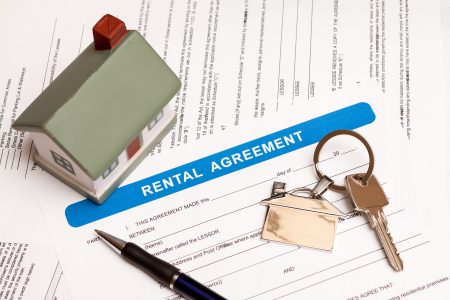Easy Tips & Tricks on the Five Phases of Tenancy
Widget’s Way featuring Patti “Widget”
 Application Process and Screening perspective tenants
Application Process and Screening perspective tenants
Answer your phone “Property Management” when advertising a unit for rent. Deceiving applicants will simply hang up if they think a management company will be reviewing their application, instead of a private owner that they may be able to hide information or be deceiving.


 Owning snow removal equipment is practically a basic need in a snowy climate. And in many communities, snow removal is mandatory.
Owning snow removal equipment is practically a basic need in a snowy climate. And in many communities, snow removal is mandatory. When renting out a single-family unit, one rule of thumb is the rental price should be a fixed percentage of the purchase price—something in the range of 1 percent for most parts of the country.
When renting out a single-family unit, one rule of thumb is the rental price should be a fixed percentage of the purchase price—something in the range of 1 percent for most parts of the country. It’s human nature to gravitate toward things we like.
It’s human nature to gravitate toward things we like.
 As an independent landlord who self-manages a portfolio of rental properties, you probably don’t outsource the job of filling vacancies to a property management company.
As an independent landlord who self-manages a portfolio of rental properties, you probably don’t outsource the job of filling vacancies to a property management company.
 At my high, I had four rental units and, for me, it felt like too many. My husband and I have two full-time jobs, two kids, and too little leisure time. When much of our spare time was focused on our properties and not our kids, we decided it was time to simplify.
At my high, I had four rental units and, for me, it felt like too many. My husband and I have two full-time jobs, two kids, and too little leisure time. When much of our spare time was focused on our properties and not our kids, we decided it was time to simplify.




